Guest post by Erin Vinson, University of Maine and Michelle Smith, Cornell University
Are you teaching genetics and looking for some new ideas? Check out CourseSource, a peer-reviewed, open-access journal that publishes field-tested articles describing undergraduate biology activities. All the activities are aligned with learning goals written by life science professional societies, including GSA. Many of the articles on CourseSource are easily adapted to be taught in online formats, and new submissions are always welcome!
Here are some recent genetics articles:
The ACTN3 Polymorphism Applications in Genetics and Physiology Teaching Laboratories
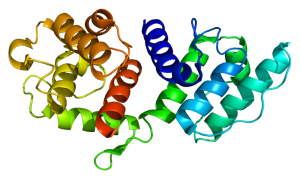
Frey, Somers, and colleagues describe a set of inquiry-based laboratory modules that focus on a common polymorphism in the ACTN3 gene. This Lesson article addresses principles in genetics and physiology, and it includes an accompanying Science Behind the Lesson article about ACTN3 Polymorphism.
DNA Detective: Genotype to Phenotype. A Bioinformatics Workshop for Middle School to College
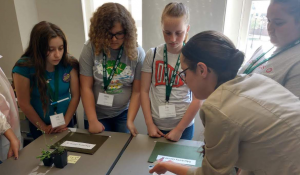
Sternberger and Wyatt designed this workshop to introduce students from middle school to college to big data and bioinformatics. This lesson uses CyVerse and the Dolan DNA Learning Center’s online DNA Subway platform.
Fruit Fly Genetics in a Day: A Guided Exploration to Help Many Large Sections of Beginning Students Uncover the Secrets of Sex-linked Inheritance
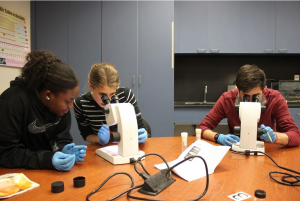
Croshaw and Palmtag developed a short, guided exploration laboratory activity that illustrates contrasts between sex-linked and autosomal inheritance mechanisms.
CURE-based Approach to Teaching Genomics Using Mitochondrial Genomes
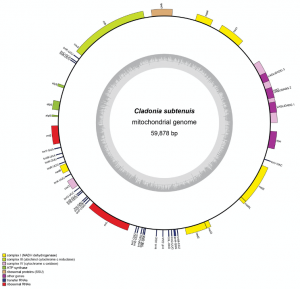
Pogoda and colleagues developed a four-week CURE module centered around teaching genome annotation. Students have the opportunity to publish their annotated genomes to NCBI’s GenBank.
There are also a variety of articles not specific to genetics that would be a great fit in any class. Here are a few:
Using Comics to Make Science Come Alive

Gormally uses graphic memoirs to help students understand the relationship between science and issues they face in everyday life. These comics often serve as a powerful entry point for non-science majors.
Structuring Courses for Equity
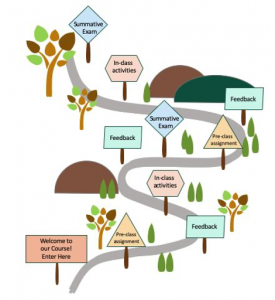
Hocker and Vandegrift identified four evidence-based elements that they used in course design and implementation. The authors discuss the relevant literature and their own experience supporting equitable classrooms.
The Pipeline CURE: An Iterative Approach to Introduce All Students to Research Throughout a Biology Curriculum
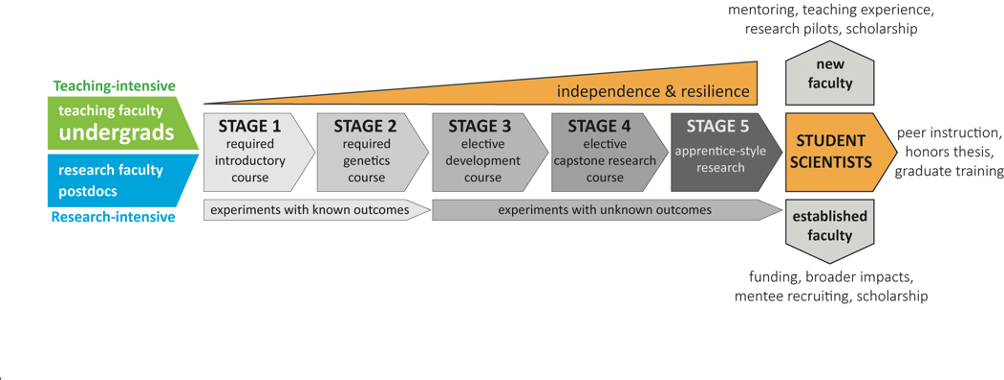
Lee and colleagues present the pipeline CURE framework, which integrates one research question throughout a biology curriculum. The authors discuss evidence-based teaching methods and ongoing scientific research to help students overcome barriers to participation in undergraduate research.































